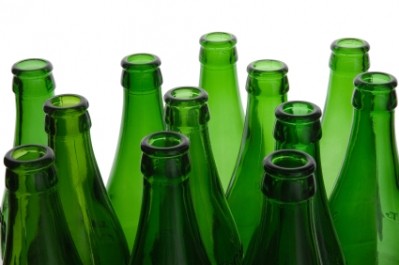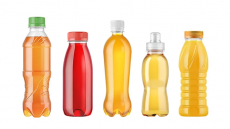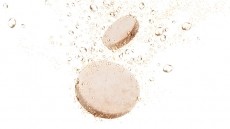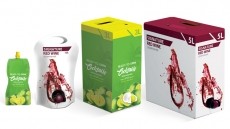End of life: a new dawn for pack-ad focus
Stefano Cavallo, European marketing manager for biomaterial supplier NatureWorks, said that bio plastics can be not only considered as materials derived from renewable sources, but also products that are compostable as well.
In the current market though, he added that in Naturework’s role as a supplier of materials like corn starch-based Polylactic Acid (PLA), the saleability of products remained focused primarily on renewable supply.
“Our approach in the market is to advertise the renewability of raw materials more than the compostability,” saidCavallo. “This is because compostability is just one of the possible end of line options together with chemical recycling, mechanical recycling and incineration.”
As a supplier of bio-materials to converters, which sell on bio plastics for use in beverage and food demand, Cavallo claimed that groups like Natureworks still had a role in developing the potential of end of life benefits for packs.
“Our role here is to help our customers, or customer of our customers, understand what is the best end of life option for their goods and when it makes sense to adopt them,” he stated.

Mixed messages
Cavallo said that in the home, mixed packaging supplies, which may contain a number of renewable and non-renewable materials, were a perfect example of playing up certain end of line benefits for food and beverage wrapping.
“Our material might be probably one in one thousand parts, so compostability is not an option, the best end of life may therefore be incineration,” he stated. “But for a specific bottle, which you have it big amounts, this can be sorted from rubbish and then sent for chemical recycling.”
Cavallo claimed that for some materials used in larger amounts like at schools, bioplastics, when disposed of dirty and covered in food, may be more suitable for then composting.
“It doesn’t make sense to clean [the packaging] up, because you may use more water and energy necessary for preparing them for recycling,” he stated. “So it would be better in that case, in a controlled situation, to send the materials for composting.”
Selling points
In terms of the marketing focus for bio plastics, Cavallo said that renewability continued to be used a lot by manufacturers as a selling point. While the compostability of packaging was being focused on where appropriate, he claimed that people were now also beginning to discuss recyclables as well.
However, part of the challenge in meeting industries needs for bioplastics will be in hunting for new sustainable material supplies, particularly related to crops costs.

















